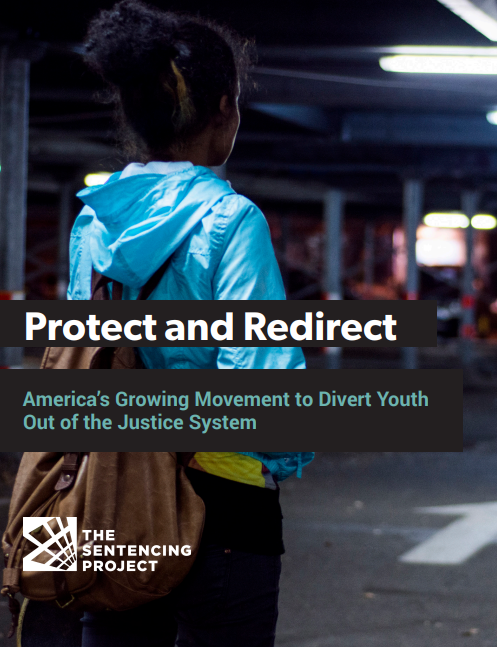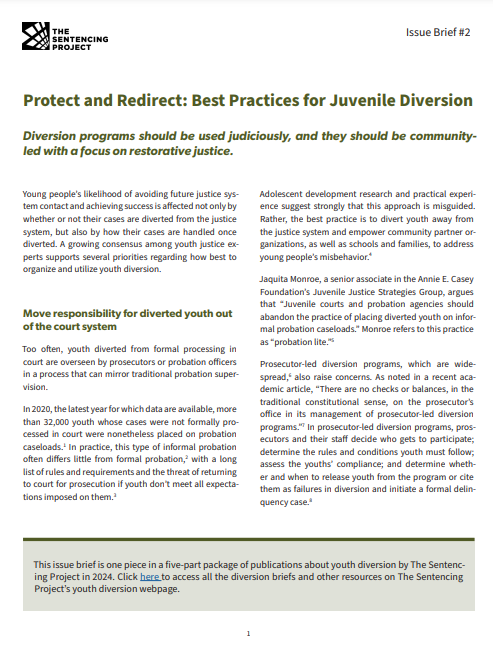By Angela M. Collins and Maisha Cooper
This paper discusses how juvenile waiver policies may be leading to a reduction in the rehabilitative nature of the juvenile justice system. The first section discusses the value of the juvenile justice system. Here, the beginning of the juvenile justice system and why the juvenile justice system is important will be summarized. The second section explains the movement that is being made toward a more punitive approach in regard to juvenile delinquents and how this could lead to the erosion of the juvenile justice system. Next is a discussion of how waivers play a part in the erosion and how their continued use could prove very dangerous for the juvenile justice system. The next section will look at the implications of the erosion and what could potentially happen if we lost the juvenile system. Last, there will be a glance at possibilities for the future, along with suggestions on how to improve the use of waivers. Overall, this paper will show that the use of juvenile waivers may be leading the United States away from a rehabilitative system for juveniles to a smaller version of an adult criminal court.
July 2024
Social Sciences 13(7):367




















